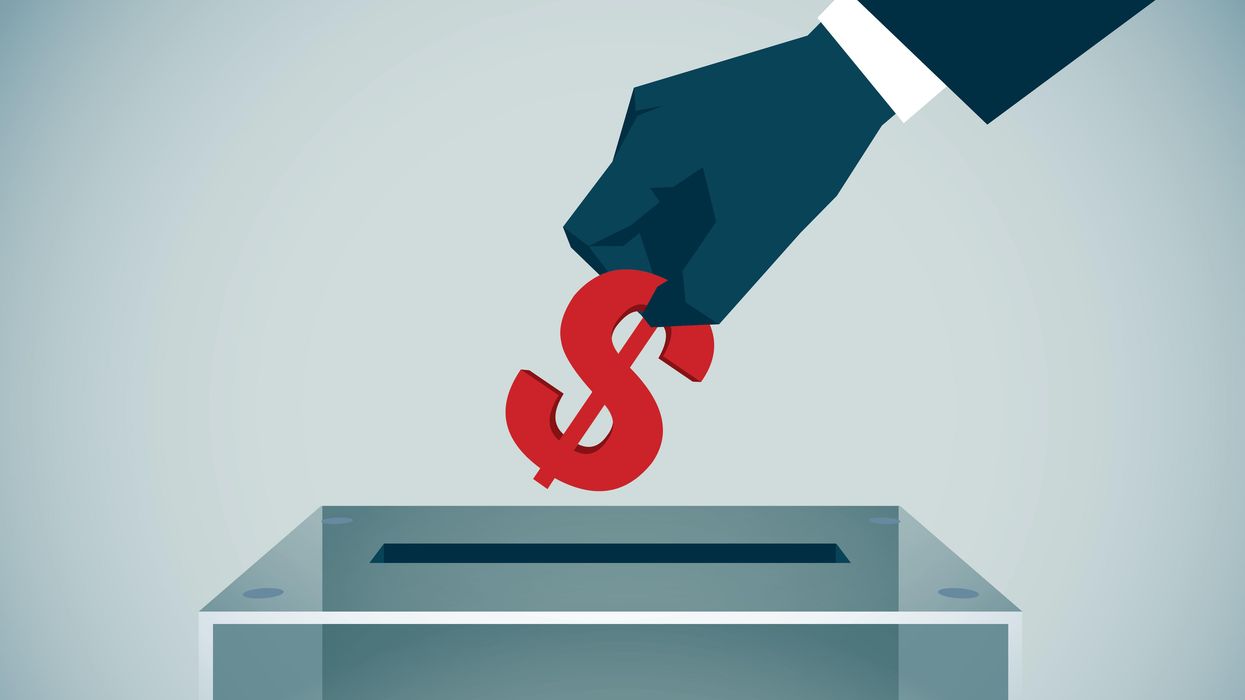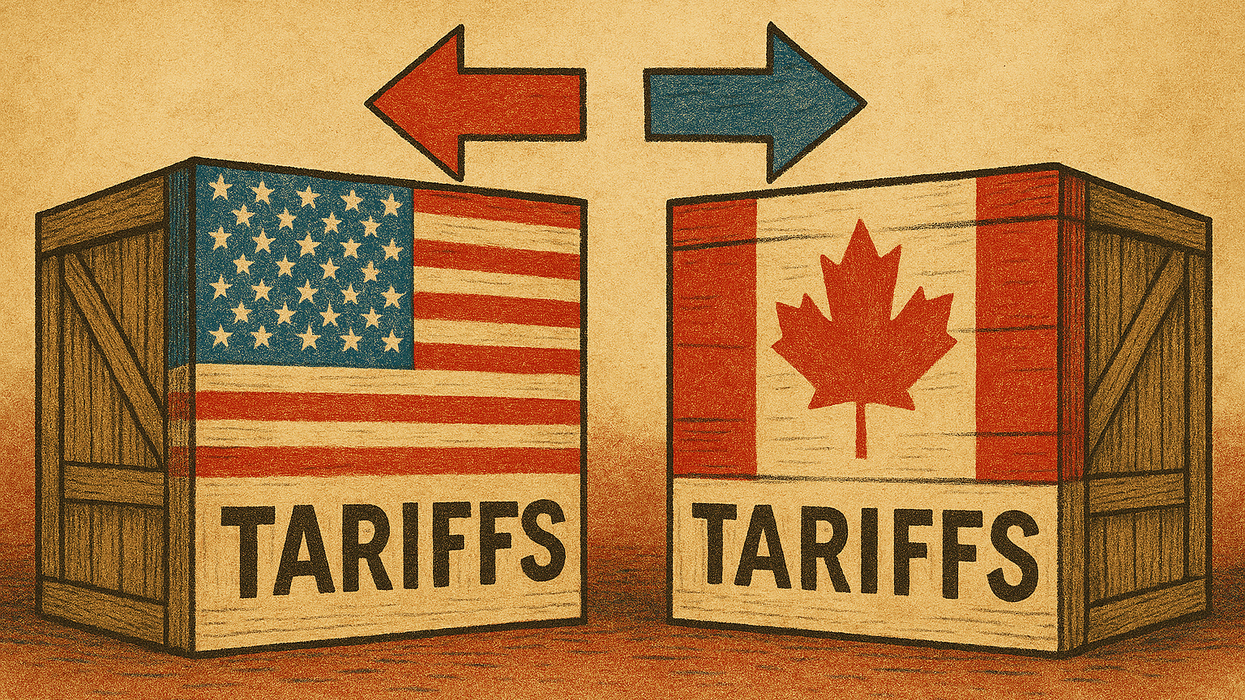A college education used to be considered, along with homeownership, one of the key pillars of the American Dream. Is that still the case? Recent experiences of college graduates seeking employment raise questions about whether a university diploma remains the best pathway to pursuing happiness, as it once was.
Consider the case of recent grad Lohanny Santo, whose TikTok video went viral with over 3.6 million “likes” as she broke down in tears and vented her frustration over her inability to find even a minimum wage job. That was despite her dual degrees from Pace University and her ability to speak three languages. John York, a 24-year-old with a master’s degree in math from New York University, writes that “it feels like I am screaming into the void with each application I am filling out.”
With many recent graduates hitting the pavement searching for work, the Federal Reserve Bank of St. Louis (FRED) says the unemployment rate for recent college grads with a bachelor’s degree hit a high of 6.1% in May, up from 4.4% in April. It’s even worse for young people with a master's degree, which FRED reports has an unemployment rate of 7.2%. The under-employment rate also rose sharply to 41.2%, according to the New York Federal Reserve. The payroll company ADP reported that hiring in May slowed to its lowest level in more than two years.
This trend of rising unemployment and underemployment among recent college graduates looks even more dire when compared to the rest of the US, where unemployment has held steady at 4.2%. According to a new report from Oxford Economics, people with a bachelor's degree or higher have a higher unemployment rate than the national average, which is “the first time this has happened in the last 45 years.” Matthew Martin, senior economist at Oxford Economics, told CBS MoneyWatch that this is especially noteworthy because “those with higher educational attainment usually have better prospects overall than their peers with less.”
Job market for graduates growing grimmer
At various times in the past, college graduates have often struggled to find their first post-graduation job. But now their prospects look even grimmer. And the experts are not so clear on the reasons why the college-to-job transmission belt is working so poorly. But they have some theories.
First, the number of available entry-level jobs may be declining. The campus recruiting company Handshake reports that the number of job postings on its platform for 2025 graduates has fallen 15 percent. Yet the number of applicants submitting their resumes for each available position has increased by 30 percent.
Second, ongoing economic uncertainty is playing a role. Going back to 2024, high prices and inflation led to shaky consumer demand and increased caution among employers, especially amid a rollercoaster presidential election, which contributed to hesitancy over hiring new workers.
Today, economic uncertainty is even greater, spurred largely by President Donald Trump’s aggressive and constantly evolving tariff agenda. That has led a number of businesses to hit ‘pause’ on investment and growth, which in turn affects their hiring decisions.
Brad Hersbein, senior economist at the Upjohn Institute, a labor-focused think tank, says, “Young people are bearing the brunt of a lot of economic uncertainty. The people that you often are most hesitant in hiring when economic conditions are uncertain are entry-level positions.”
A third factor is in play, let’s call it the “DOGE effect.” Under pressure from the Trump administration’s federal hiring freeze and budget cuts, several federal agencies have canceled intern programs for thousands of graduates, including those at USAID, the US Foreign Service, and the summer 2025 cycle of the Student Internship Program. Previous offers to participate in these internship programs have been rescinded, leaving these graduates stranded.
STEM jobs disappearing?
However, the most compelling factor that has attracted increasing attention and warrants continued monitoring into the future is the impact of technology, particularly artificial intelligence (AI), on job prospects. For years, young people seeking a lucrative career were urged to dive into computer science and so-called STEM jobs (Science, Technology, Engineering, Math). From 2005 to 2023, the number of comp-sci majors in the US quadrupled. But now a new wrinkle is being observed in the unemployment reports.
While the overall jobless rate has hit a high of 6.1%, the level among certain science-related occupations is even worse, including physics at 7.8% and computer engineering, 7.5%. The Oxford Economics report found that many entry-level positions in the tech sector are being displaced by recent advances in AI. Entry-level jobs in the STEM sector are particularly susceptible to automation and replacement. Says the report, “The rise in the recent graduate unemployment rate is largely part of a mismatch between an oversupply of recent graduates in fields where business demand has waned.”
Not all computer science workers are exposed to this risk. Those who graduated several years ago and have accumulated more than a few years of work experience are doing well. However, those who perform lower-level, rote work are now competing with AI bots for jobs.
With such a grim job outlook for entry-level coders, enrollment in computer science programs is starting to decline. This year enrollment in comp-sci majors grew by only 0.2% nationally, and at many programs it appears to be in decline. At Stanford, widely considered one of the country’s top programs, the number of comp-sci majors has stalled, and at Princeton, the cohort of graduating comp-sci majors is projected to decline by 25%.
The lead culprit for this dramatic shift, which will play out for years to come, is technology and AI. AI may well replace the very workers who built it.
New (or old?) career paths?
It’s too early to draw hard conclusions about these tech trends, but it seems clear that a college degree or even a STEM degree is no longer the guaranteed ticket to the American Dream it once was. Might new – or perhaps old – career paths present more opportunity?
Last year, the CEOs of Home Depot and Walmart wrote an op-ed in the Wall Street Journal titled “Not Everyone Needs a College Degree.” Ted Decker and John Furner wrote, “Young people have been told for decades that achieving the American Dream requires a college degree…While a college degree is a worthwhile path to prosperity, it isn’t the only one.” The authors continued, “The American Dream isn’t dead, but the path to reach it might look different for job seekers today than it did for their parents. We owe it to younger generations to open our minds to the different opportunities workers have to learn new skills and achieve their dreams.”
So…plumber, electrician, carpenter, anyone? AI and robots won’t replace those occupations anytime soon, and their average salary is around $30 per hour for entry-level ($60,000 per year), and double that amount for skilled journeymen, according to the US Bureau of Labor Statistics. As I discovered when I recently bought a home, it’s not so easy to hire skilled craftsmen because there aren’t enough of them, and they are in high demand. Might this become a more viable career path for more young job seekers?
It seems likely that today’s college graduates and younger entry-level applicants will have to be open to new career paths, as the old ones are starting to look more like dead ends.
Steven Hill was policy director for the Center for Humane Technology, co-founder of FairVote and political reform director at New America. You can reach him on X @StevenHill1776.


















